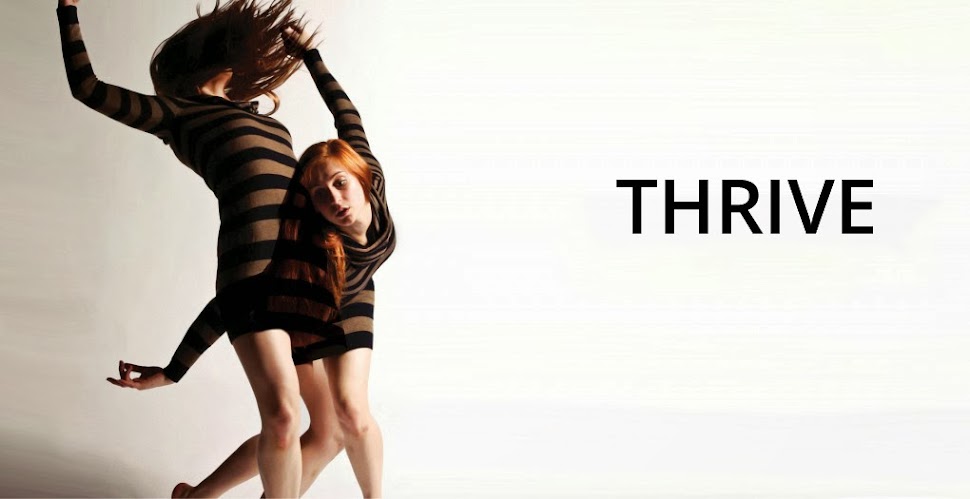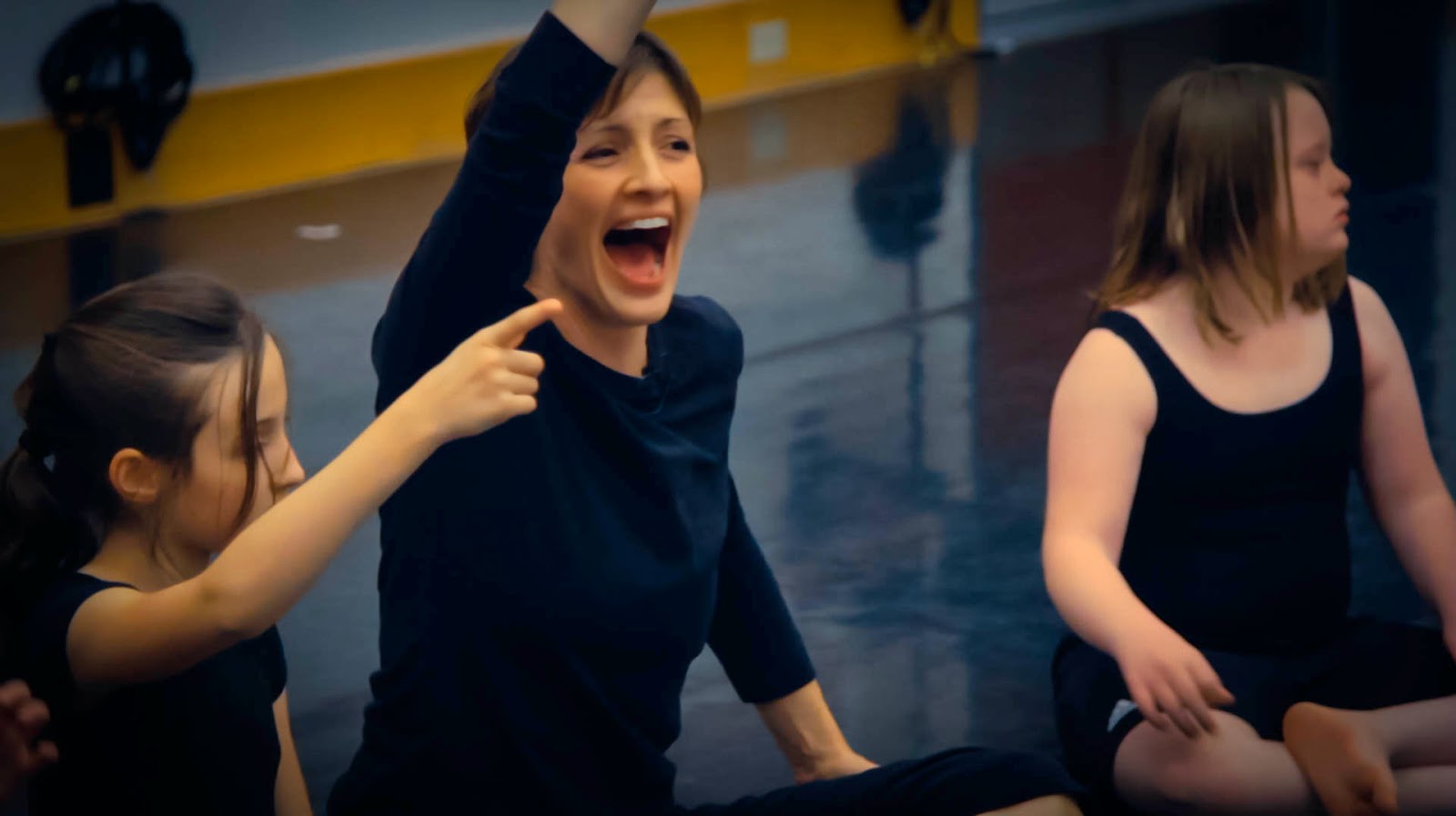This interview was conducted by Marissa Mooney
Marissa is a senior in the Modern Dance Department and is a dancer in Daniel's PDC piece.
What drew you to the University of Utah?
Marissa is a senior in the Modern Dance Department and is a dancer in Daniel's PDC piece.
What drew you to the University of Utah?
I
had been to many festivals and the students from the U of U stood out. I knew
it had a good reputation. I didn’t really know anyone from here, but knew that
the school had a reputation as being a place of research among the students and
for the teachers and artists that were here. That was really exciting to me. I
also knew about some of the faculty and that was a big draw to me. I wanted to
be able to work with the amazing faculty here and hopefully learn something
from them as well.
When coming to the U of U was there a clear
aesthetic within the department’s movement vocabulary or choreography that you
recognized? If so, do you believe you have strived to meld that with your own
aesthetic or have you, rather, tried to give the U of U a taste of
your own choreographic and movement aesthetic?
I haven’t been able to see much
of the other faculty’s aesthetic while I have been here, but have been able to
see a lot of the students. I haven’t seen a clear aesthetic among the students,
which is exciting because it means that everyone is getting well-rounded
training. They are able to make their own choices and find ways into work that
isn’t just about fitting into one specific aesthetic. I am also seeing this in
the creative work coming from the students.
By being in your technique class I have felt
a demand for movement versatility and a demand to be open to different ideas.
How important do you think versatility or change is for training?
Versatility is something that I very much
focus on and think about. I try not to impart one aesthetic or my own movement
“style” onto my students. I avoid this because even in my own performance I
have had to be able to access many different aesthetics at a time. In teaching
that has been very important to me to not impart one particular aesthetic onto
my students, but to instead give them the ability to interpret many different
aesthetics. This seems much more beneficial for the work place now because it
is much more common to work for a variety of choreographers at one time rather
than working with just one.
As
a dancer in your piece for the upcoming PDC performance, it has been made clear
to me that music and sound is integral in your choreographic process. Has this
always been an important part of your choreography? How did this come to be
important for you?
Music
has always been very important. Getting into art I really started with painting
(I’m an awful painter), I did sculpture (I’m really awful with clay), but what
did connect with me was photography and music. So I have always been into
images and sound and I thought I would be a musician until I found dance (I was
in bands out of high school and college), but then I decided to be a dancer and
planned to always continue to play music. I have continued to do that and it
has been important for me to do that for my own projects. For me, incorporating
not only music but also text, and the sounds coming from people’s voices has
been important for me too. I often feel
like the negotiation of these things is where the choreography ends up being-
it’s not always in the steps but in the moving from one thing to another. Sound
has always been very important to me and I feel like in this particular piece
(“Someone Drew a Cat” for PDC) I have been very lucky to have so many talented
musicians and people who are good with sound…so we have really been able to do
something interesting with it.
On
that same note, you also have quite a few dancers in your piece with varying
backgrounds and specialties. However, a sense of community was developed within
the large cast of your piece. Do you like working with large groups? What do
you think has made it possible to create a unified cast?
I
really do like working with large groups but don’t typically get opportunities
to do it. Doing something like that is usually expensive (especially in a big
city) and difficult to coordinate with all of the dancers’ schedules. Usually
when I make things outside of a university setting I work with smaller casts. Being
able to work with a larger cast here has been something I have really liked
being able to do. I don’t know that I would always want to work with larger
casts because that can often make it difficult to see each dancer in the piece.
But, because the cast has had to work together in so many things I really feel
like I’ve been able to see the whole group together and also as individuals, which is important for the work itself. Everyone has specialized
talents and personalities and it is a mixture of these things that has made
this process really enjoyable.
What are some inspiring things you have seen thus
far here in Salt Lake City? Is there anything you are looking forward to within
or outside of the Department?
Since I have been here most of what I have done has been within
the U. So far, I feel like I have just been adjusting to being here and
enjoying being here. The two most inspiring things about being here has been 1)
working with a group of people that are really excited about what they are
doing (the rest of the faculty) and 2) working with the students because they
are all really invested, want to be invested, and are very excited about dance.
I’m looking forward to working with these people more. Something completely
opposite of all that but also inspiring is being out to the west. I have never
been around mountains and have always been near the ocean. It is very beautiful
and I’m looking forward to seeing more of that.




